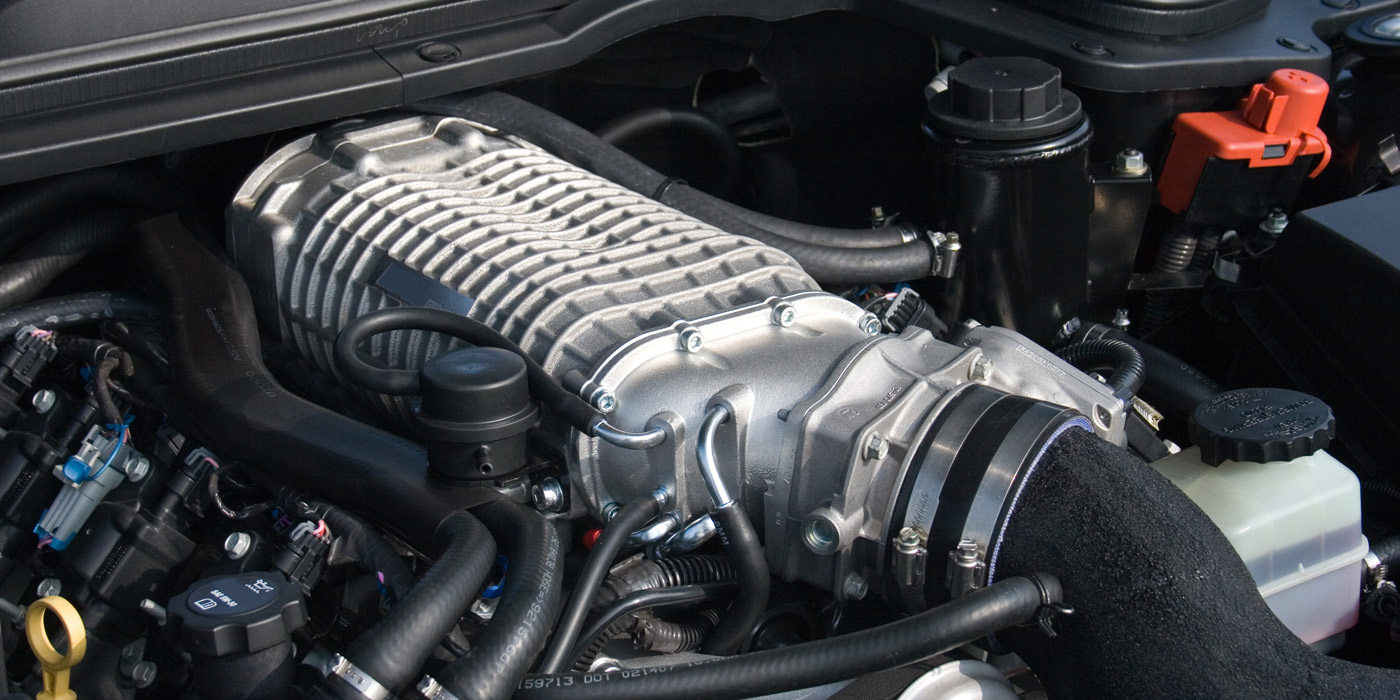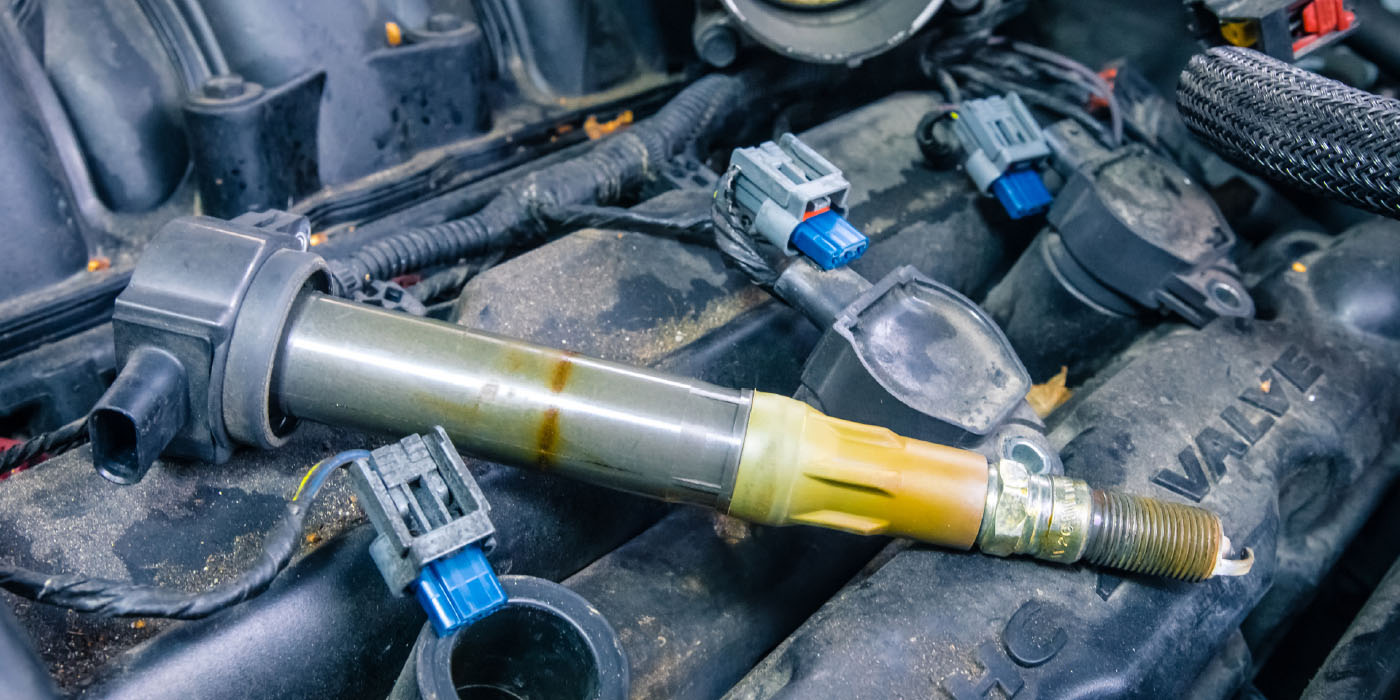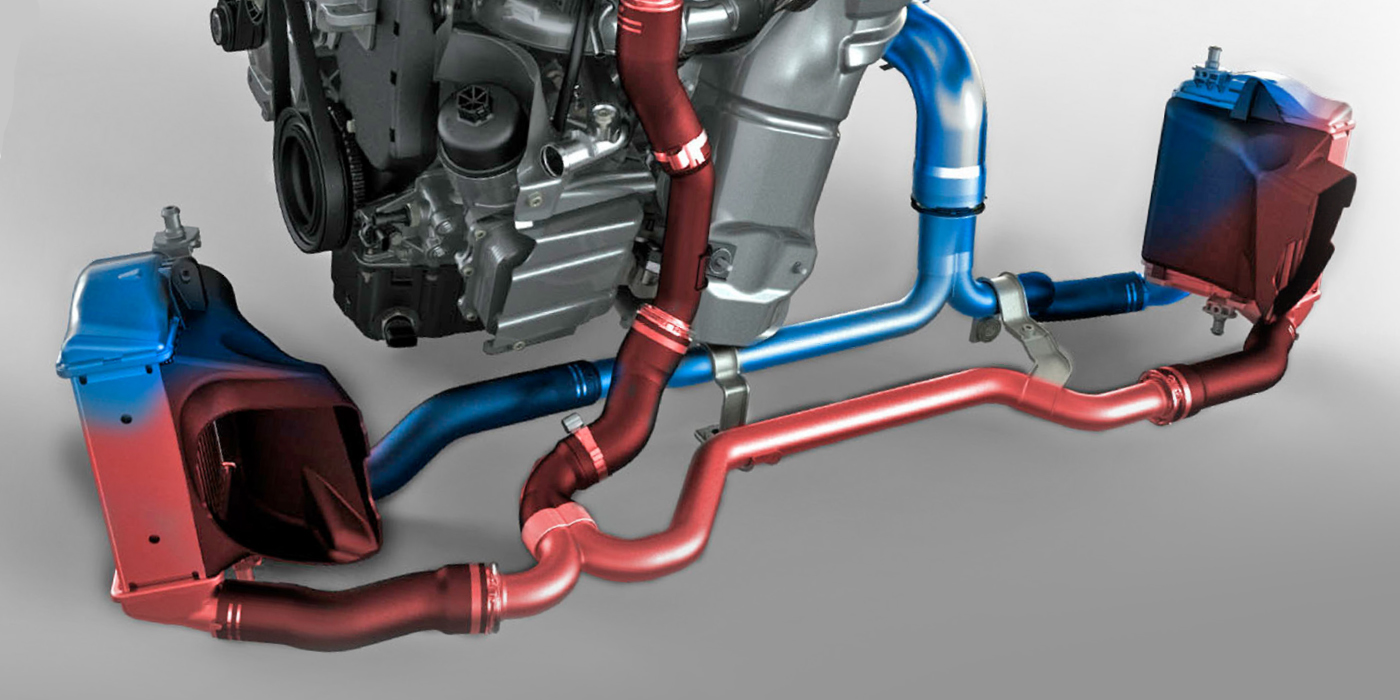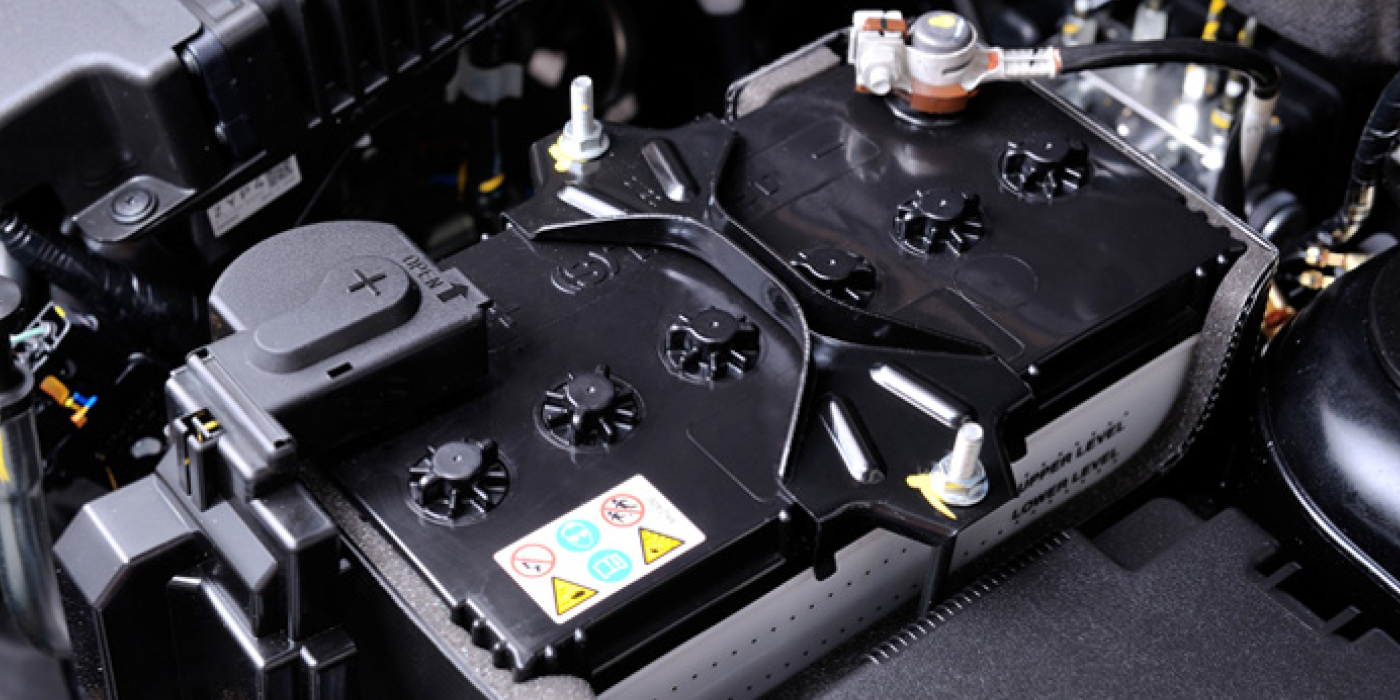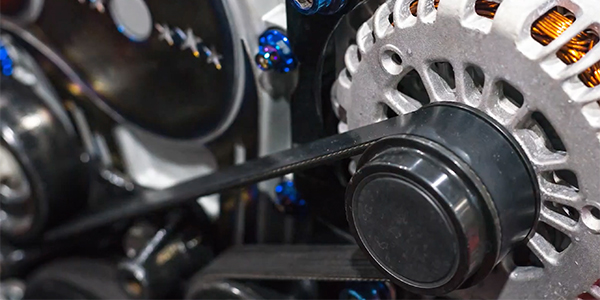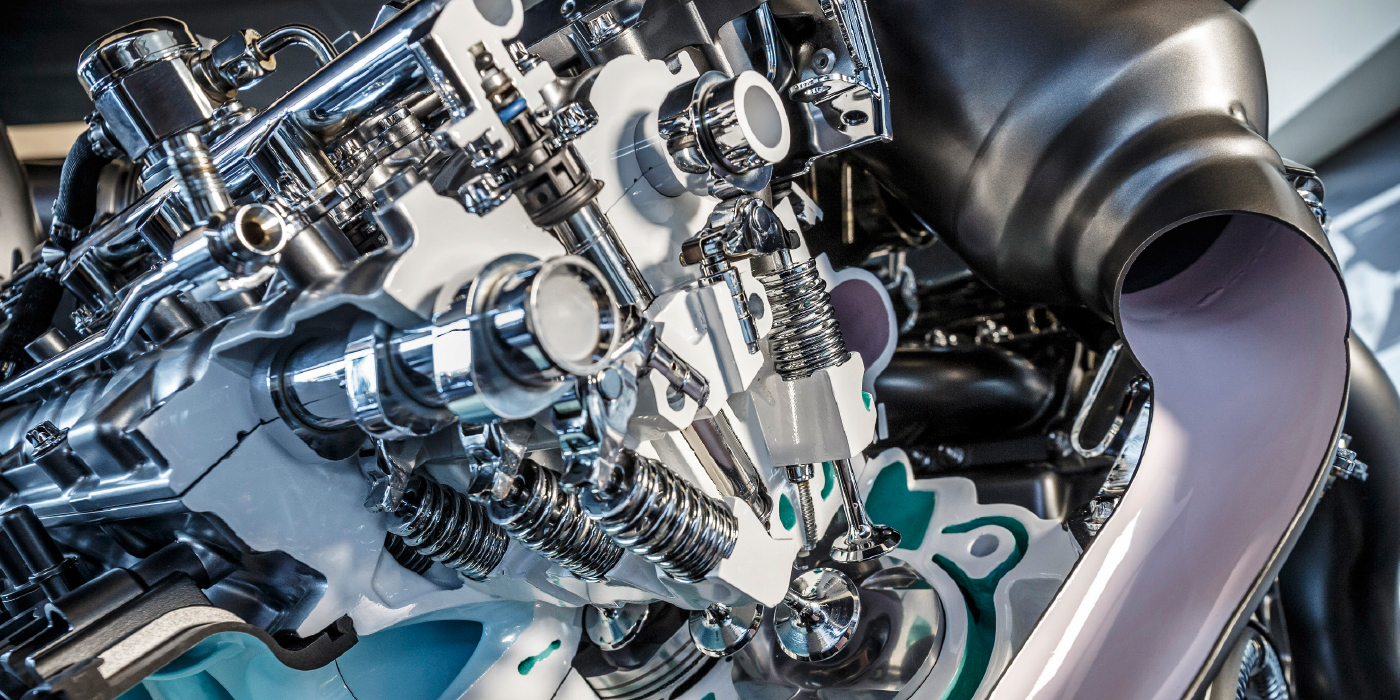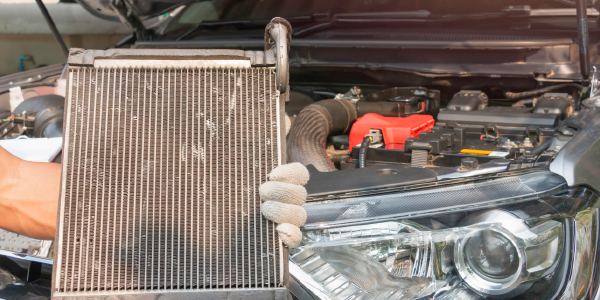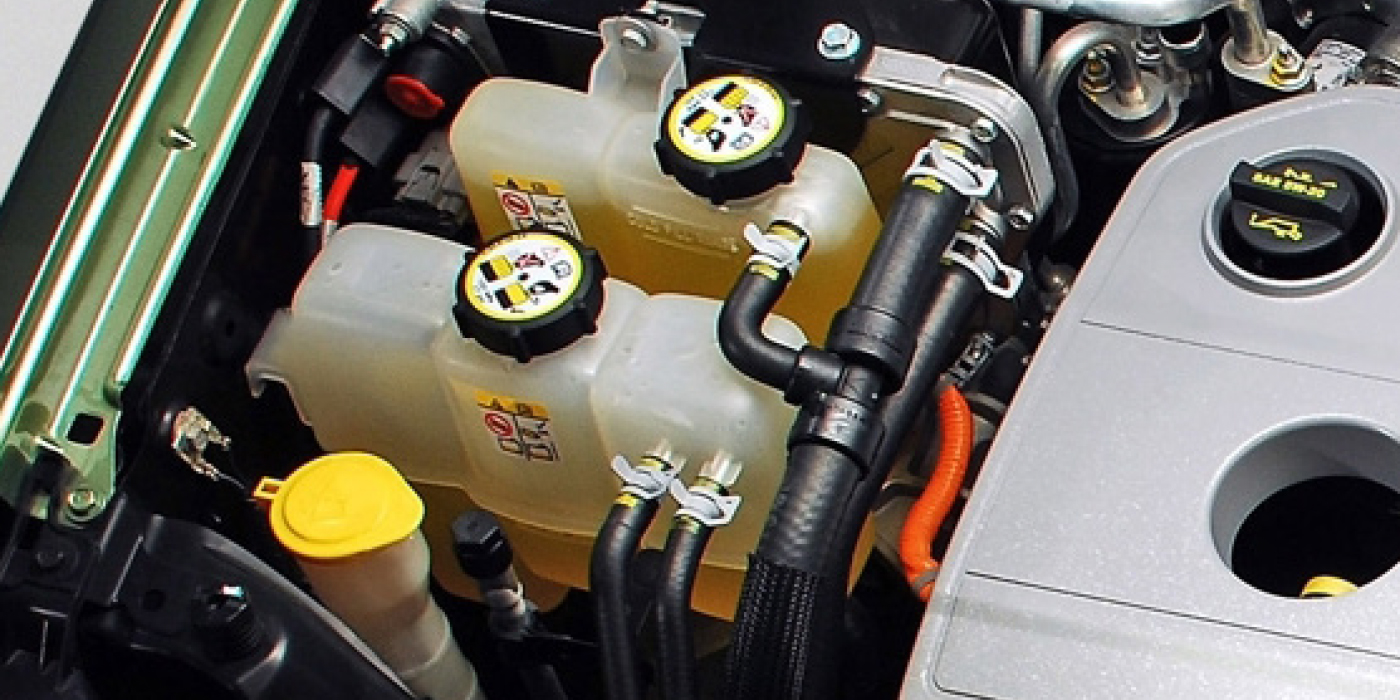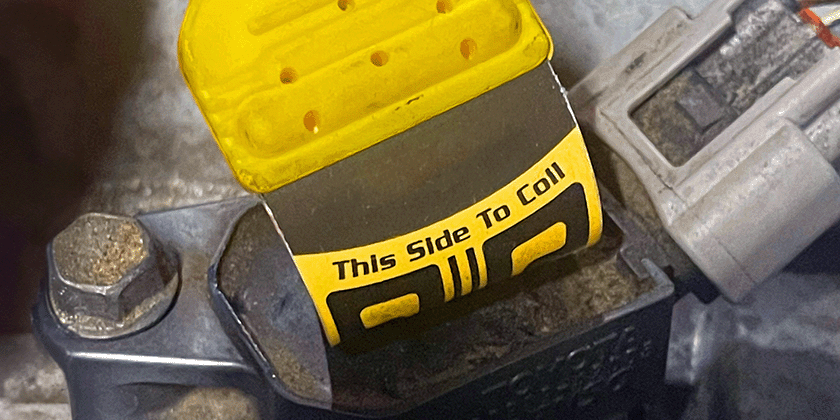Even with the best information available to the professional tech, there are times when some things just don’t add up or are omitted in the description of how a certain system works.
Dealing with unforeseen problems ends up in a never-ending stumbling block of false leads, misguided diagnostics, or, for the lack of better term, a typical “snafu.” There are a lot of situations when the tech just has to trust his own judgment and go with what seems right, rather than what all the information is suggesting. Call it a gut instinct, dumb luck or maybe a professional guess, but that may be all you have to go on. 
Case in point, a body shop sent over a pickup truck with the “Check Gauges” light stuck on. The gauges checked fine, there were no service codes, and no apparent reason why this warning light should be stuck on. They all matched their actual readings — from the segment tests on the individual gauges, to the values from each of the gauges. Plus, the gas gauge was spot on, and nothing regarding the water temp, charging system, etc. looked out of place.
I called the body shop and asked them what they repaired and what components they changed. As it turns out, the problem was the result of a rather light hit on the driver’s-side front fender area. There was no frame damage and no major components were replaced.
With my initial tests completed, everyone was leaning toward a problem with the dash cluster itself, but I wasn’t convinced. Since it was an insurance job, the pressure from the body shop and the insurance company to find the answer was looming to just replace the cluster, than it was to challenge the results.
For me, it comes down to test, retest and test again. I just couldn’t bring myself to replacing the cluster just yet. I wanted some definitive proof before going through all the hassle of reprogramming, and setting the mileage and security system. If the gauges tested good, how can I justify calling them bad?
The more I conducted various tests, the more confused I got. I poured over the description of how the “check gauges” functioned. I was hoping to find some clue that might tell me what I was missing. Nothing stood out — absolutely nothing.
I needed to take that leap of faith that I was right and it wasn’t the cluster. It was a big gamble, I’ll have to admit. I stuck with the idea that the tests were accurate and the problem had to be around the damaged area. There again, not knowing what I was looking for put me in the position that it was all “blind faith” that my test results were right, that I was right and there was something else wrong.
Then, after removing the inner fender, I found a two-wire connector dangling all by itself. As I moved the wire through the space, using the wire length to give me some idea as to where it might go, it ended up at the bottom of the battery tray. It’s the battery temperature sensor connector. I’ve run across these being disconnected on older models before, and it’s always associated with a code, but not this time.
After plugging it in, the “check gauges” warning went out. Just to verify the whole thing, I unplugged the sensor and tried it again, and, sure enough, the “check gauges” warning light stayed off.
I still think it’s pretty odd that in all of the operating descriptions, there was never any mention of the battery temperature sensor as part of the “check gauges” warning system. It’s not the first time I’ve run into something that didn’t make sense or that wasn’t explained in a way where I could understand the engineering behind it. You’d like to think that every possible scenario has been checked and double-checked by the engineers, or at least they’d mention something about it like: “Oh, by the way, we tied the battery temp sensor to the ‘check gauges’ warning light, and thought you might like to know. And, don’t worry, the gauges are fine.”
It seems that with all the sophistication we’ve added to these modern cars, there are still some things that haven’t been fully explored regarding the possibilities that could arise. These “leaps of faith” in today’s marketplace don’t leave any room for exploratory surgery to isolate these problems, and unless you knew about these quirky problems beforehand, your diagnostic time could get lengthy.
I can’t say every answer is in a scanner or manual. Techs have always had to find solutions to a lot of problems that were not even thought to be problems when these systems were created, especially when a certain circuit or communication line gets crossed up and throws a monkey-wrench into your diagnostic plan.

